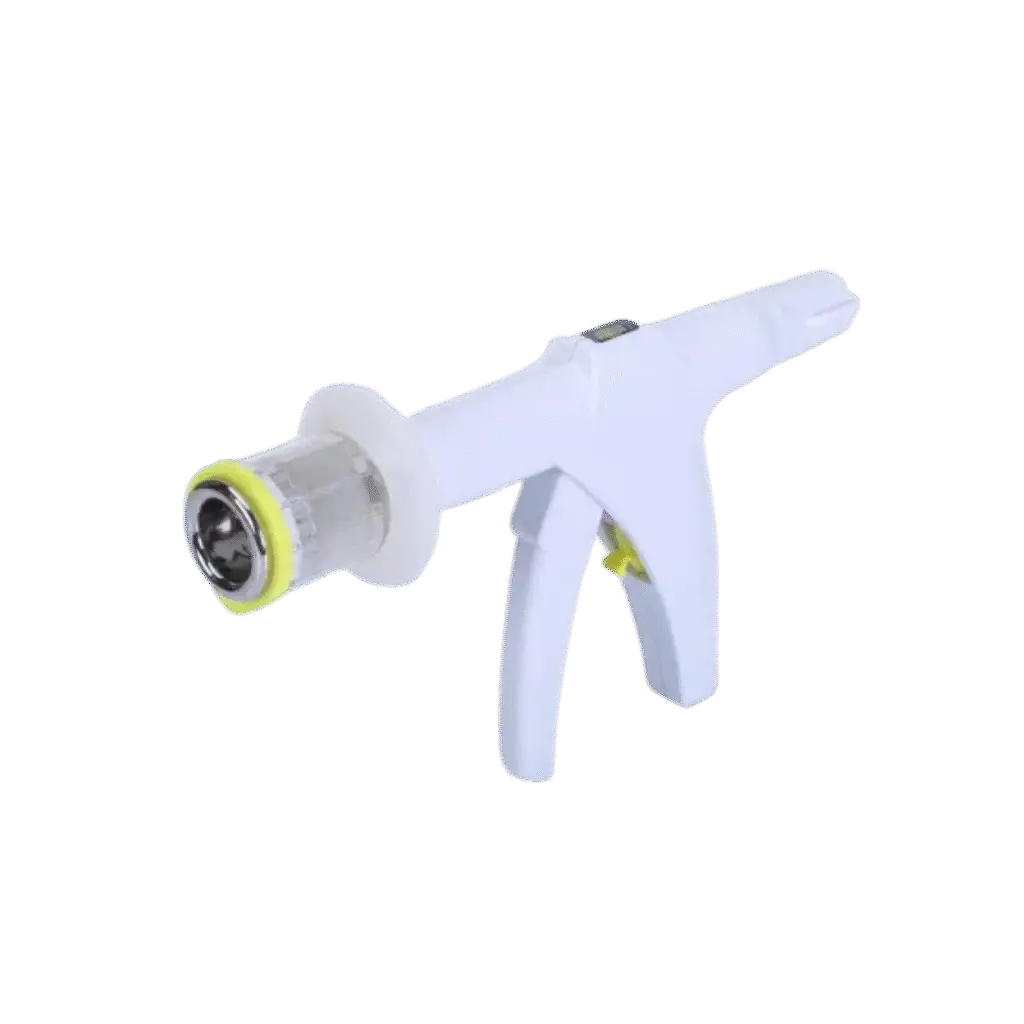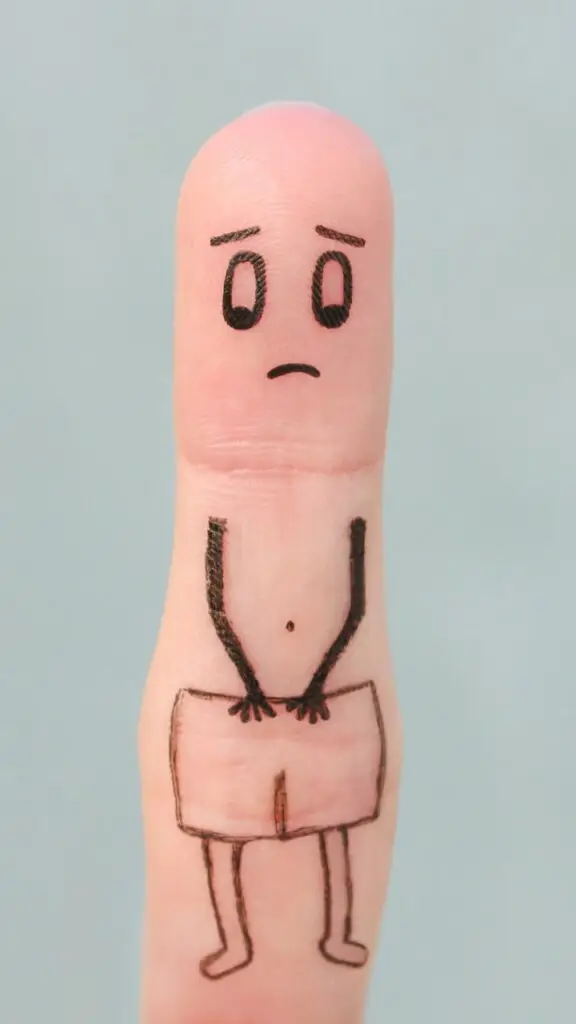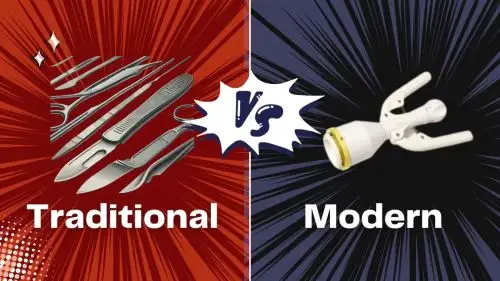Circumcision meaning itself is pretty simple, but people still have questions. Let’s break it down into easy, no-nonsense terms.
You ever find yourself pondering a decision that seems a bit personal, like considering a procedure but unsure if it’s right for you? Maybe you’ve heard about circumcision and are curious about it but haven’t quite made up your mind. You’re not alone—many people have these thoughts quietly before taking the next step.
Table of Contents
Introduction
Imagine this: You’ve got a shirt with an extra tag that keeps getting in the way. It’s annoying, makes things a little uncomfortable, and doesn’t seem to serve any real purpose.
So, what do you do? Snip it off! Circumcision works kind of like that—a quick snip for long-term comfort and ease.


What Exactly Is Circumcision?
So, what does circumcision means?
It’s a quick procedure where the foreskin is removed from the penis. And it’s not just for babies! Lots of adults get it done too, for all sorts of reasons—whether it’s cultural, health-related, or just personal preference.
Doctors use different techniques like laser circumcision, the stapler method, or even the old-school approach with scissors or a clamp. Whichever method you choose, it’s quick, easy, and you’ll be back to your normal routine in no time.


Why Do People Get Circumcised?
You might be thinking, “Why go through with circumcision if everything seems fine?” Well, if you’re dealing with frequent infections, discomfort, or just want an easier hygiene routine, it might be worth considering. Here’s why:
Better Hygiene
Without the foreskin, penis cleaning is way easier. No more struggling with washing under it where bacteria can hang out and cause infections.
Lower UTI Risk
Some consider circumcision meaning is about hygiene and better health.
Circumcision can reduce your chances of getting urinary tract infections (UTIs). Bacteria have a harder time creeping up the urinary tract, and UTIs can be more than just annoying—they can lead to kidney damage if not treated!


Reduced Risk of Certain Diseases
Some studies suggest circumcision might lower the risk of sexually transmitted diseases (STDs), like HIV.
Reduced Risk of Cancer
While cancer of the penis is rare, circumcision can lower that risk. Plus, it may also reduce the risk of cervical cancer in your partner.
No More Phimosis
Phimosis is when the foreskin is too tight to pull back. Circumcision fixes this problem for good. Say goodbye to that tight, uncomfortable feeling!
Less Discomfort
If you’ve been struggling with tight foreskin or phimosis, circumcision can solve these issues. It’s a one-time fix that can make your daily life a lot more comfortable.


Cultural or Religious Reasons
For many people, circumcisio is a significant part of their cultural or religious traditions.
To them, circumcision meaning is more than just a procedure—it’s a meaningful practice that aligns with personal or family values.
Does Circumcision Hurt?
The surgical procedure does not hurt as much as you think! Doctors use local anesthesia to numb the area, so you won’t feel much during the procedure.
Sure, you might have some discomfort afterward, but nothing a bit of pain relief like paracetamol can’t handle. Most people are back to feeling normal in just a couple of days.
Still not convinced? A 2013 study of 112 participants found that most rated their pain as mild to moderate under general anesthesia. They felt more discomfort than actual pain. So, if you’re worried about it being unbearable, relax—it’s much easier to handle than you might expect!
How Long Does Recovery Take?
Recovery is pretty quick. For a child, it usually takes about 7-10 days for the circumcised penis to heal. At first, the tip might be a bit swollen and red. You might also notice some blood spots on the diaper, but don’t sweat it—that’s just part of the normal healing process.
For adults, complete recovery typically takes two to three weeks. But with modern circumcision techniques, you can usually return to your daily routine and work after just 24 hours of rest.
Just avoid heavy lifting or strenuous activity for a few days—this isn’t the time to be a superhero. Keep the area clean, follow your doctor’s aftercare tips, and remember: it’s a low-maintenance healing process with complications as rare as a unicorn sighting.


Modern vs. Traditional Circumcision: What's the Difference?
When it comes to circumcision, you’ve got options—modern techniques or traditional methods. Both get the job done, but the experience can be quite different. Let’s break it down:


Modern Circumcision
These days, doctors often use advanced techniques like laser circumcision or the stapler method. They’re fast, precise, and almost painless thanks to anesthesia. Recovery time is quicker, and there’s usually less pain. It’s like upgrading from dial-up internet to fiber optic—smooth, quick, and efficient.
Traditional Circumcision
This method typically involves scissors or a clamp. Some cultural and religious practices still prefer this approach. While it’s an old-school technique, it’s been around for centuries for a reason—it works!
Healing might take a bit longer, and there’s more manual work involved, but for many, it’s a meaningful and trusted method.
Ultimately, the choice between modern and traditional circumcision comes down to personal preference, cultural significance, and comfort level. Both methods are safe, so it’s all about what feels right for you.
Read More About Modern Circumcision: Stapler or Laser Here
Common Myths About Circumcision
There’s a lot of confusion out there about circumcision. Let’s clear up a few things.
Myths | Explanation |
Circumcision reduces pleasure. | Not true. Most studies show that sensitivity isn’t affected, and for some guys, it can even reduce discomfort. |
It’s only for religious people. | While it started as a religious practice, nowadays, people choose circumcision for health or personal reasons too. |
It’s only for babies. | Nope! Adult circumcision is quite common, and it’s just as safe. |
Circumcision Around the World
While circumcision meaning might have different interpretation in every country, circumcision is practiced all over the world, though its popularity varies by country. According to statistics published in Population Health Metrics, 1 in 3 males are circumcised. In Malaysia, it’s often part of religious tradition, especially among Muslims. In other places, it’s optional, with people choosing based on health benefits or personal preferences.
Wherever you are, the decision is yours. There’s no right or wrong reason to consider circumcision. It’s all about what feels best for you.
Conclusion
Circumcision meaning might be different to each person. Circumcision might seem like a big step to some, but in reality, it’s a simple, safe procedure with a lot of benefits. Whether it’s for health, hygiene, or personal reasons, many people find that understanding the circumcision meaning makes life easier and more comfortable.
Think of it like trimming off an unnecessary tag on your shirt—a small change that leads to more comfort and ease. And hey, less hassle is always a win, right?
Circumcision Clinic in Malaysia
Circumcision Today , Work Tomorrow, With Us
At Klinik Tuah with Latest Stapler Method










